Hello everyone! Today, let’s delve into the fascinating world of digital modes in amateur radio. This topic was inspired by a recent question about what digital modes are and what they can accomplish.
What Are Digital Modes?
Digital modes in amateur radio are all about converting various types of information, such as voice, data, or images, into digital signals. The process involves the amateur radio taking in voice through its microphone, digitizing it, and then transmitting it over the airwaves. If the receiving radio cannot decode the signal, it will sound like noise. However, with the right equipment, this digital information can be successfully communicated.
APRS and Packet Radio
One well-known digital mode is APRS (Automatic Packet Reporting System), which uses packet radio based on the AX25 protocol. APRS allows users to beacon their location, send text messages, and connect to digipeaters (packet repeaters) and igates (internet gateways). These transmissions can be tracked on websites like aprs.fi, which displays packets that have been transmitted to the internet.
FT8 and JS8Call
Digital modes can overcome some limitations of human hearing, especially in noisy environments. Modes like FT8 and JS8Call can decode signals that are too faint for human ears to detect. FT8 is widely used for making long-distance contacts with minimal power, making it accessible for operators with modest setups. It exchanges basic information such as contact details, location, signal report, and timestamp. JS8Call, on the other hand, allows for longer keyboard-to-keyboard messages and operates in a similar 15-second transmit/listen cycle.
Asynchronous Communication
Asynchronous communication is another advantage of digital modes. Radios can periodically transmit beacons with information such as direction, elevation, and GPS data. Modes like JS8Call can notify the network of the operator’s presence, allowing for delayed message reception and replies. Winlink is a suite of applications for digital communication, supporting various modes, including PACTOR and VARA. These modes enable efficient data transfer, such as sending emails, even in challenging conditions.
VARA and VARAC
VARA, available for both HF (long-distance) and VHF/UHF (local) communication, is a cost-effective alternative to PACTOR. VARAC is a chat program that uses VARA for one-on-one communication, allowing for keyboard-to-keyboard chats and file exchanges.
Final Thoughts
Digital modes greatly expand the capabilities of amateur radio, offering diverse ways to communicate and transfer data. These technologies can overcome environmental challenges and provide valuable tools for both casual and serious operators. For more information or if you have any questions, feel free to reach out through social media or email. Your feedback is always welcome and appreciated.

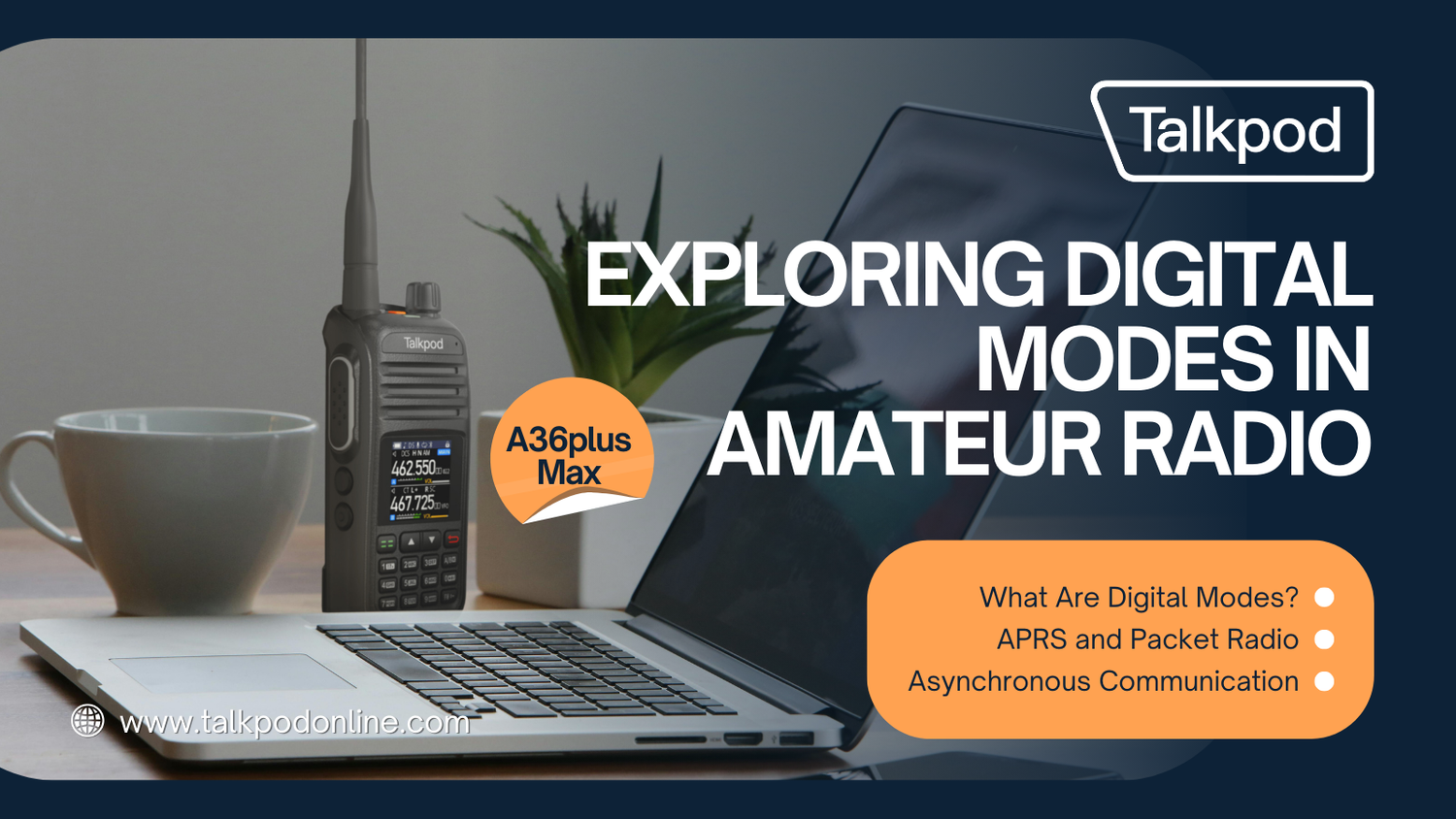
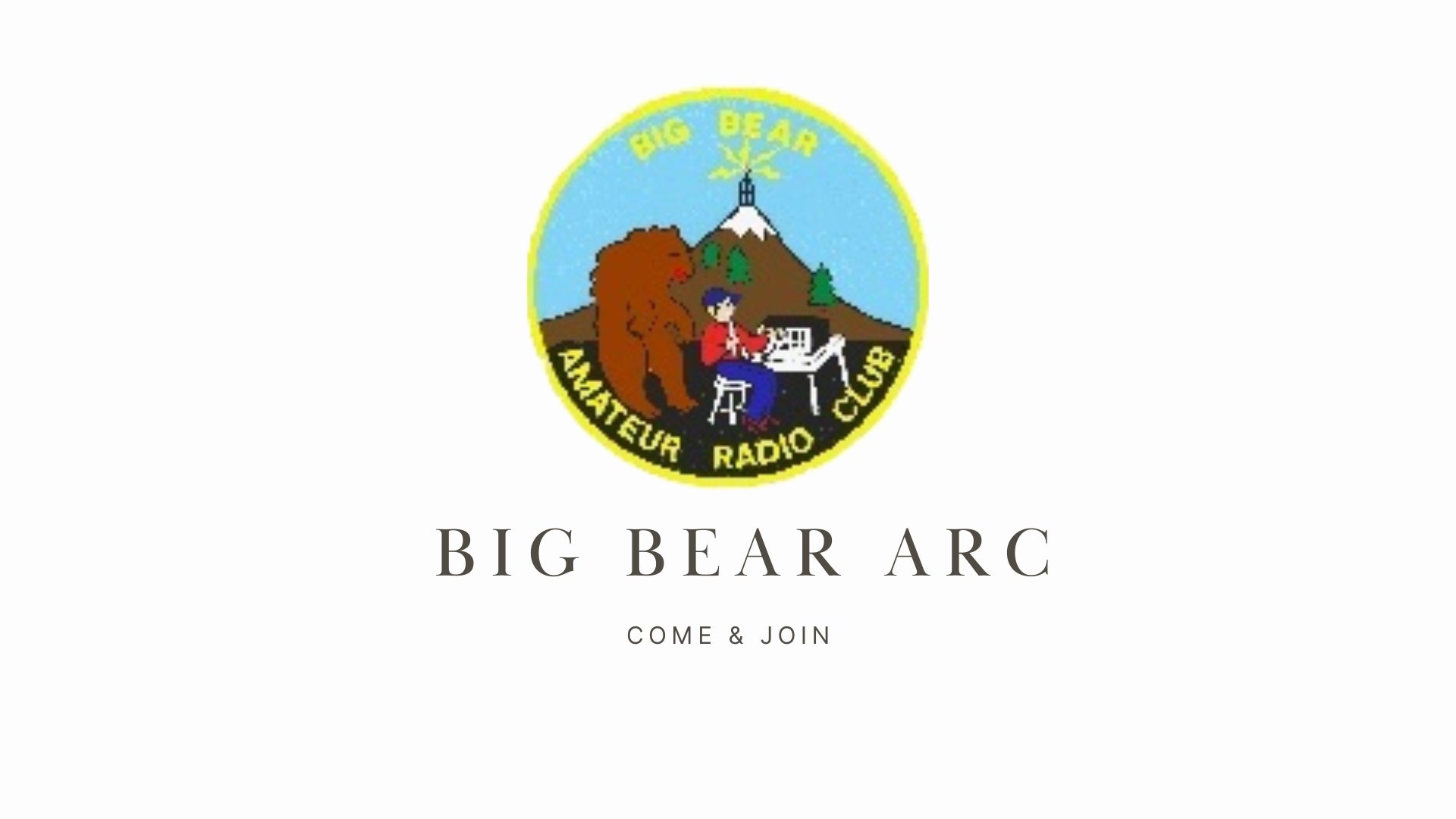
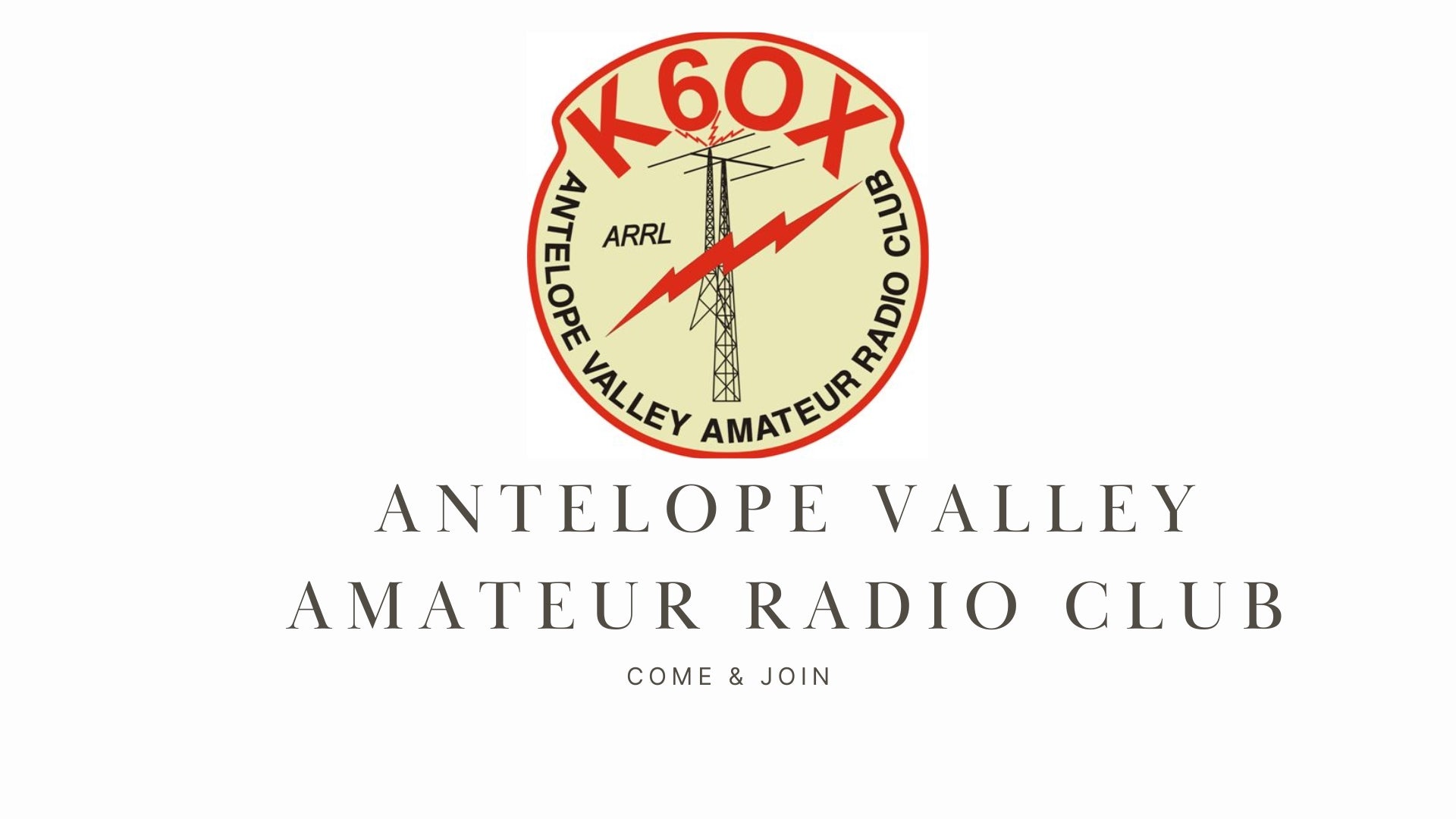
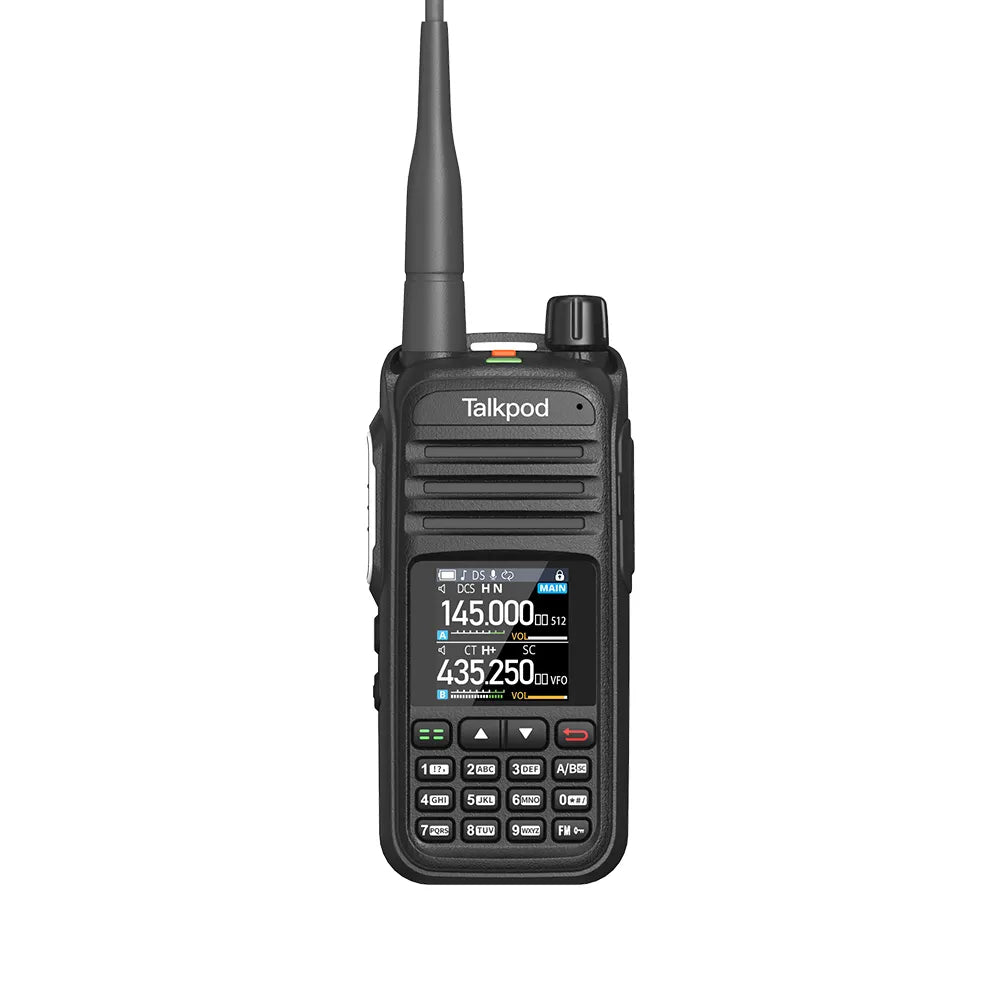
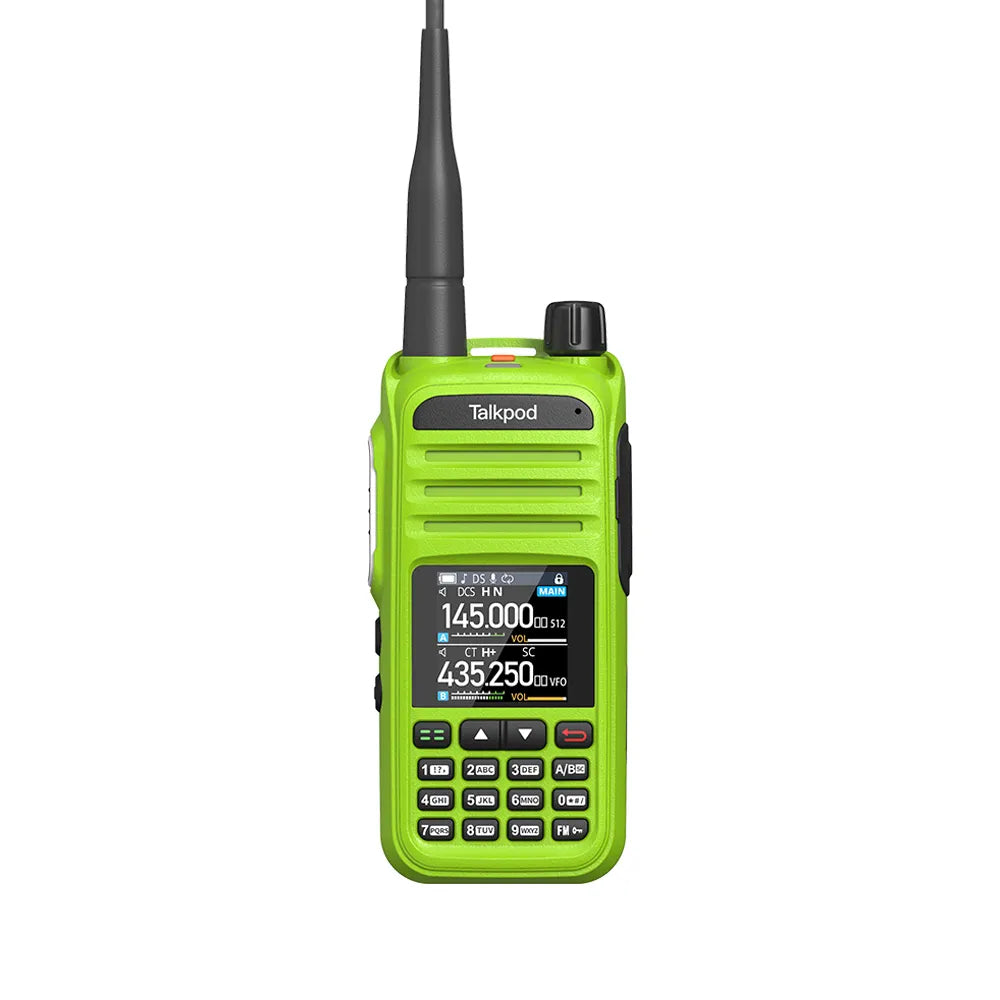
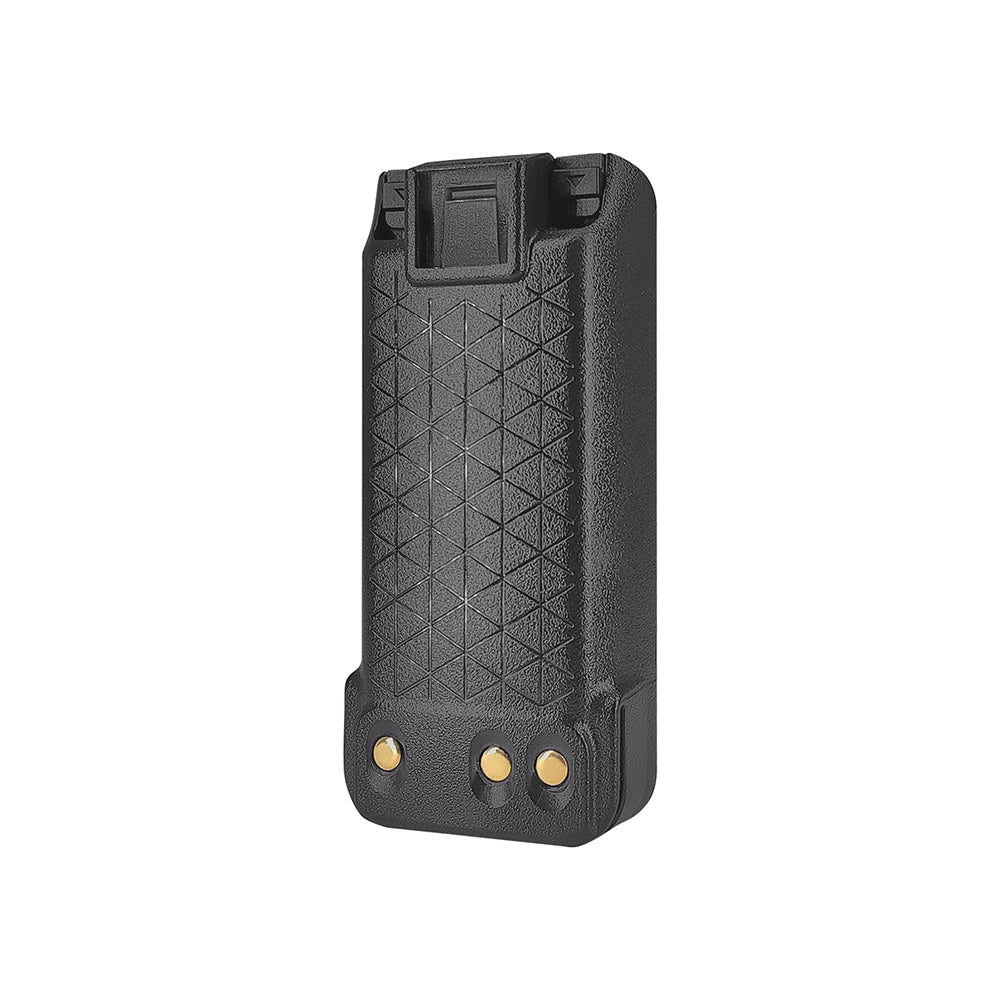
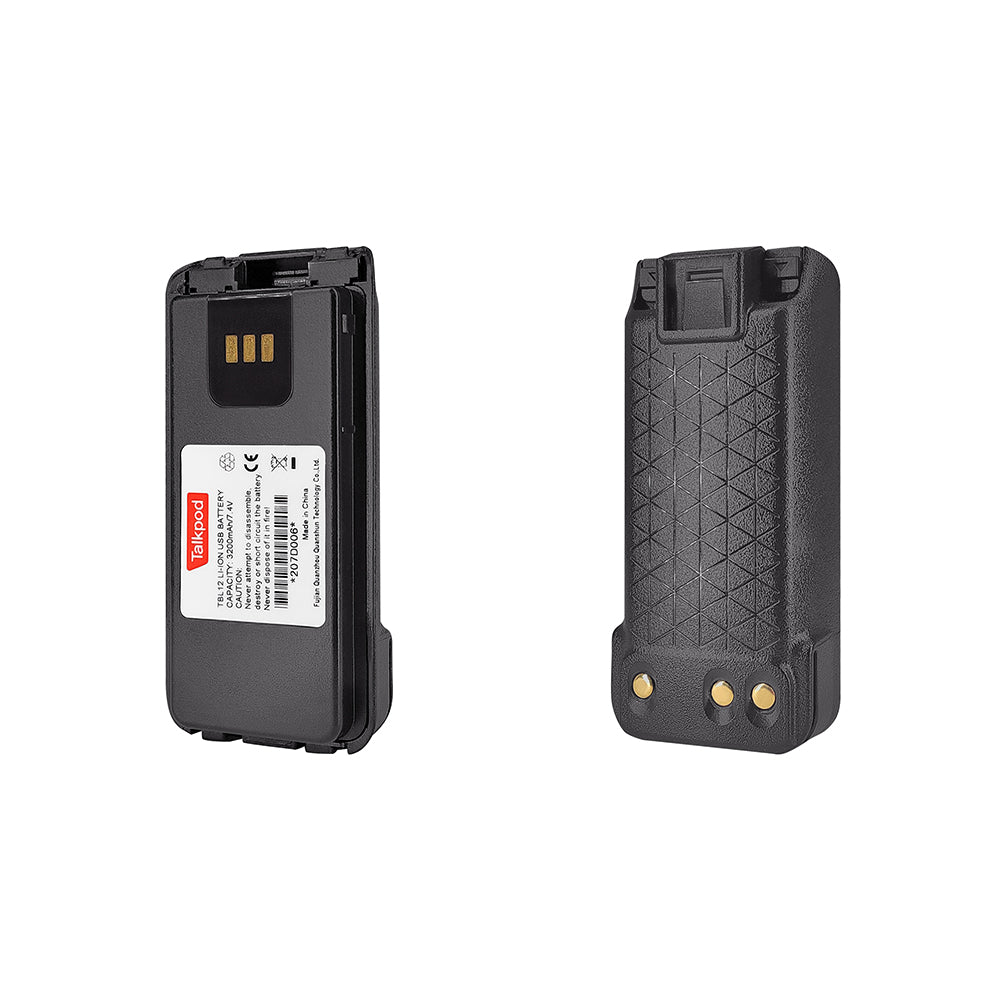
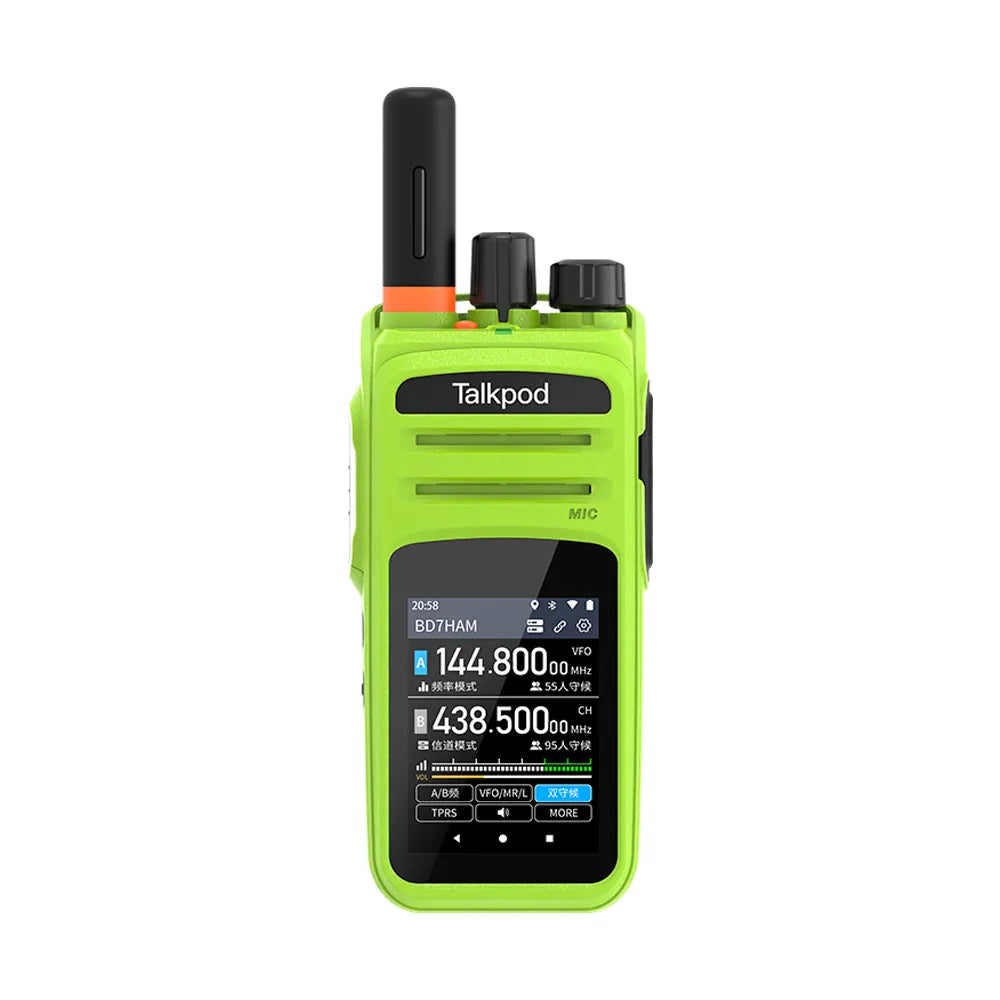
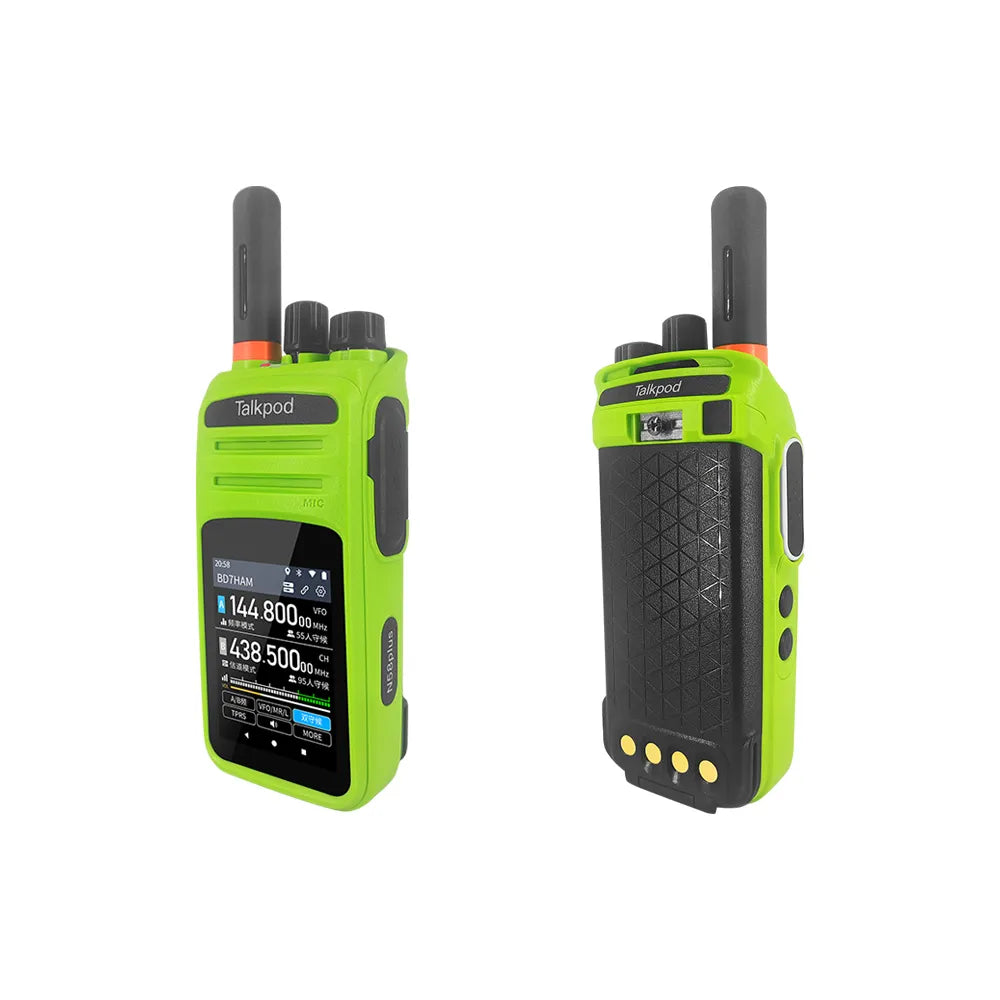
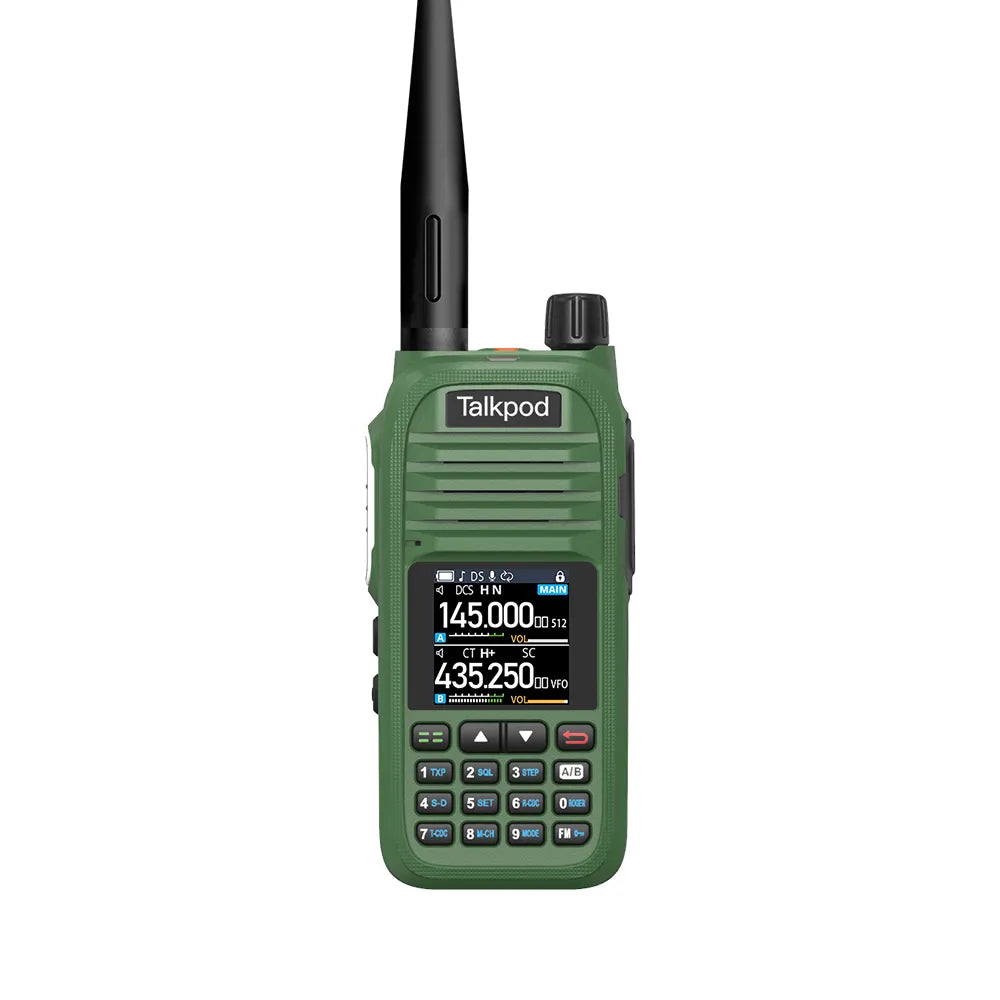
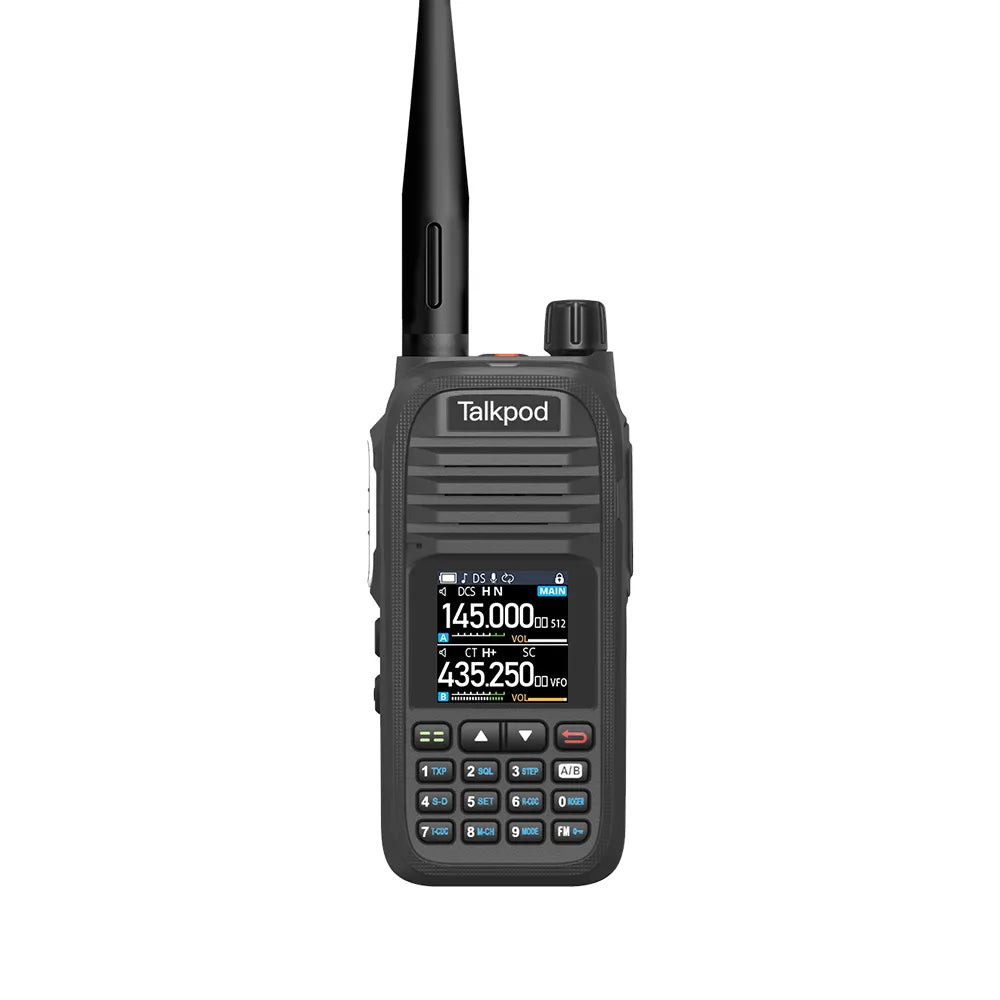
Leave a comment
All comments are moderated before being published.
This site is protected by hCaptcha and the hCaptcha Privacy Policy and Terms of Service apply.